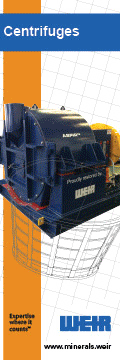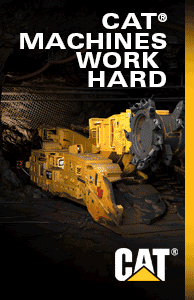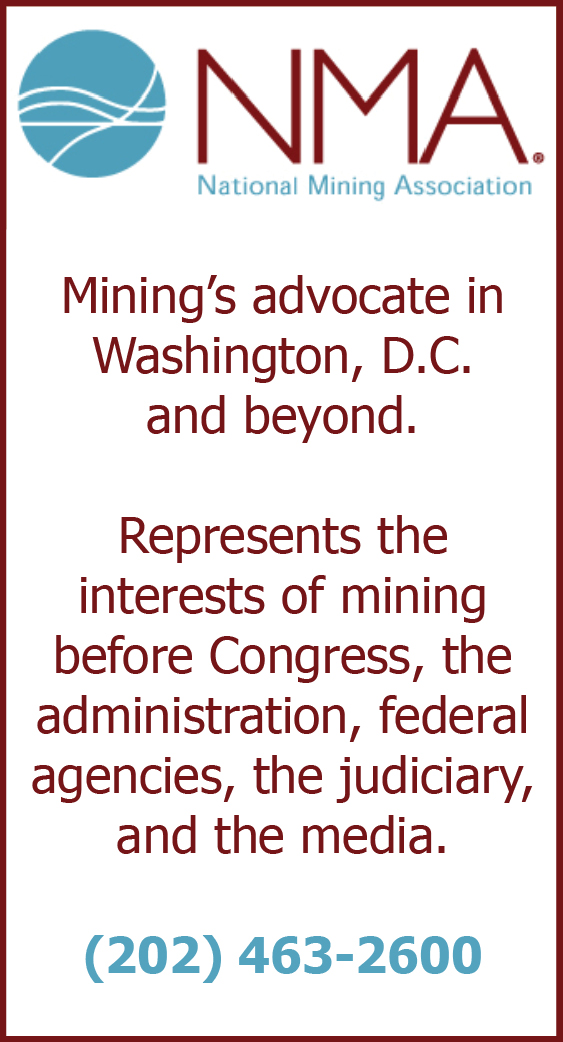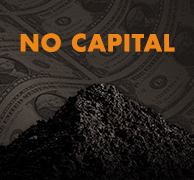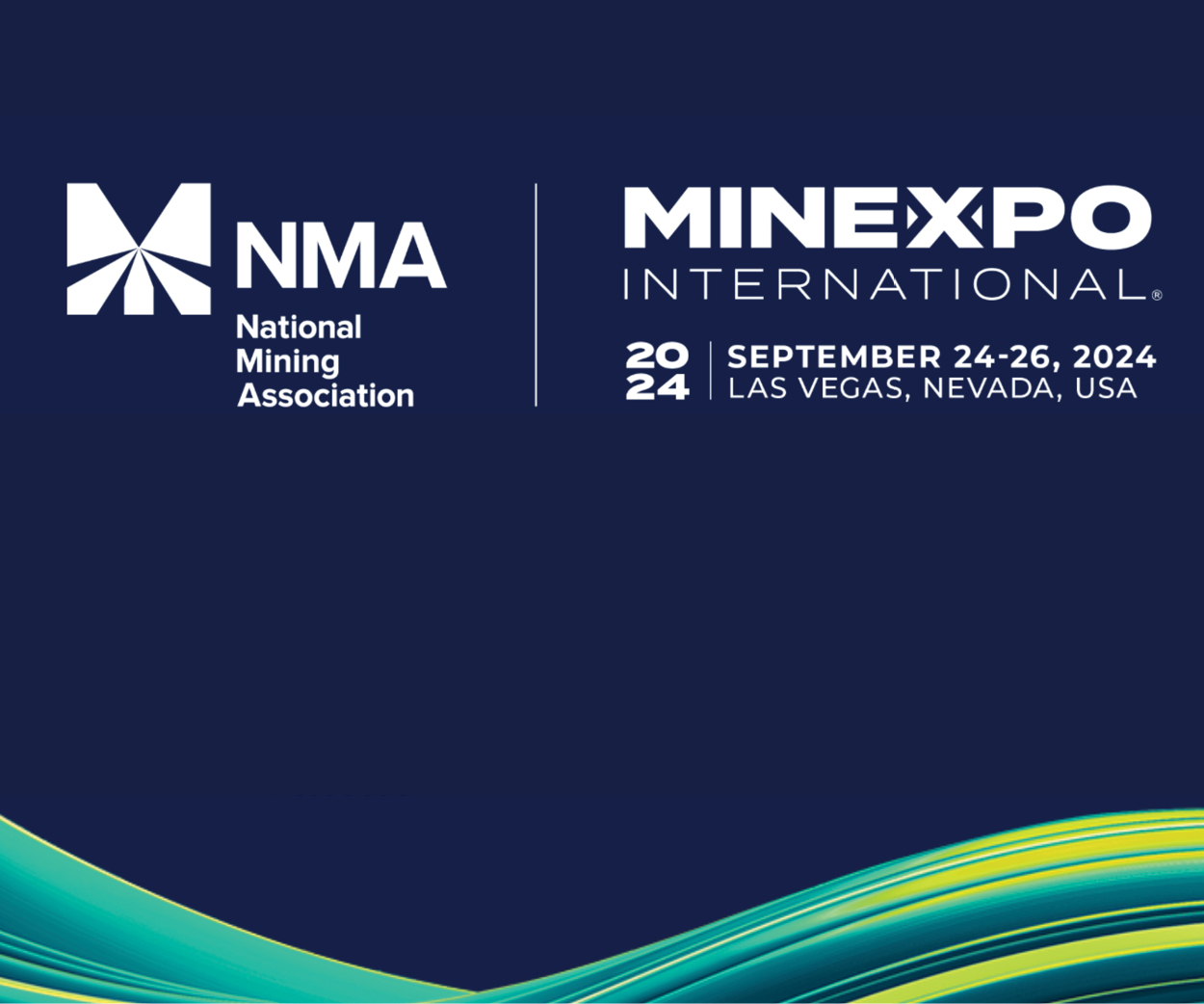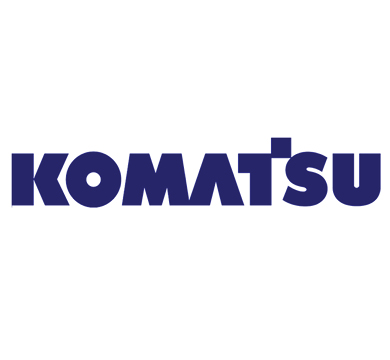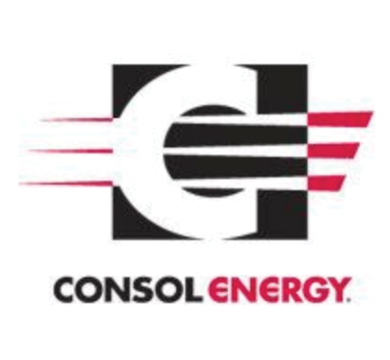Montana Mining Association: Flawed Portrayal of Mining Cleanup Rule
If you read the recent Associated Press article on an unnecessary mining regulation dropped by the EPA, you might believe there is nothing in place to prevent mining companies from a “rip, strip, and run” business model. The article reads somewhat like the script to a horror movie. Read it slowly and you can just about hear the ominous music in the background.
The article states that in dropping the rule put forth by former President Barack Obama’s EPA, the Trump administration “won’t require mining companies to prove they have the financial wherewithal to clean up their pollution, despite an industry legacy of abandoned mines that have fouled waterways across the U.S.” Dun-dun-duuuuuun … (screen fades to black)
Why in the world would companies have opposed such seemingly necessary regulation? After all, don’t we all value a clean environment? In Montana, we constitutionally require a clean and healthful environment.
Scary, right? Well, that’s not the whole story. Here’s the rest.
As one of the groups who wrote the EPA administrator to request that the rule be dropped, allow me to explain some key facts missing from previous news reports.
In 1980, Congress passed CERCLA, the Comprehensive Environmental Response, Compensation, and Liability Act, and then directed the executive branch to implement financial requirements to ensure mining companies could afford to cover reclamation costs at the end of mining operations. Years pass and, low and behold, the EPA did nothing. Instead, states aggressively increased regulations for the mining industry, and added teeth to the laws already on the books to guarantee the financial wherewithal of companies.
In the decades since CERCLA was enacted, it has been individual states, like Montana, who have further filled the void created by federal bureaucrats’ inaction. States like Montana, in full cooperation with its federal partners, the USFS and the BLM, began requiring the payment of bonds to cover reclamation costs beginning in the ‘70s. The Montana Metal Mine Reclamation Act (known as “MMRA”), for example, ties the financial assurance requirements of each mine to its individual permit, and each mine permit is scrutinized by the Montana Department of Environmental Quality on a continual basis. Those state derived requirements, like all environmental policies, have grown more stringent over time and are modified on a regular basis for each mine operating in Montana.
Without regard to the facts, the rule proposed under the Obama EPA merely duplicated state agency requirements, creating conflicts of law and bypassing local administrative authorities who are familiar with local mining and environmental concerns. The rule was not necessary for the protection of the environment, as some news coverage may have you believe, but instead was the result of pressure from environmental groups and special interests that routinely use lawsuits to fund themselves and to bring about unnecessary federal regulation.
The mining industry is critical to the state of Montana. Here in Treasure State, metal mining alone accounts for nearly 7,000 direct and indirect jobs, provides $579 million in labor income, and contributes over $1 billion to Montana’s GDP.
We commend the EPA for deciding in favor of state regulation over unnecessary federal rules. The work done by individual states, in full partnership with the USFS and the BLM, to foster environmental stewardship and responsible development, without the heavy hand of the EPA, deserves more public recognition.
- By: Tammy Johnson, Flathead Beacon





